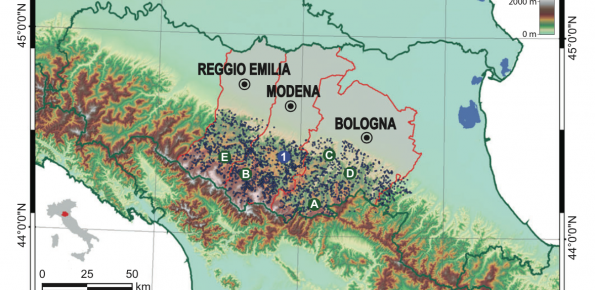Extreme Events Causes and Consequences
(E2-C2)

Background
Extreme events are a key manifestation of complex systems, in both the natural and human world. Their economic and social consequences are a matter of enormous concern. Much of science has concentrated, until recently, on understanding the mean behaviour of physical, biological or social systems and their “normal” variability. Extreme events, due to their rarity, have been hard to study and even harder to predict. E2-C2 developed methods for the description, understanding and prediction of extreme events across a range of natural and socio-economic phenomena.
E2C2 developed general tools to extract the distribution of extreme events from existing data sets. Models anchored in complex-systems concepts were constructed to incorporate a priori knowledge about the phenomena and to reproduce the data-derived distribution of events. These models were then be used to predict the likelihood of extreme events in prescribed time intervals.
The methodology was applied to three sets of problems: (1) natural disasters from the realms of hydrology, seismology, and geomorphology; (2) socio-economic crises, including those associated with criminality, mass violence, and terrorism; and (3) rapid, and possibly catastrophic, changes in the interaction between economic activity and climate variability.
Our Institute was involved in WP5, “Temporal Scaling and Extremes in Hydrology, Wind, Fires, and Landslides” lead by Bruce Malamud, and Kings College London.
E2-C2 was a Specific Targeted Research Project (STREP) within a “Pathfinder” Initiative aimed at “Tackling Complexity in Science” and initiated by the New and Emerging Science and Technology (NEST) Programme of the European Commission, as part of its Sixth Framework Programme (FP-6).
Purpose


